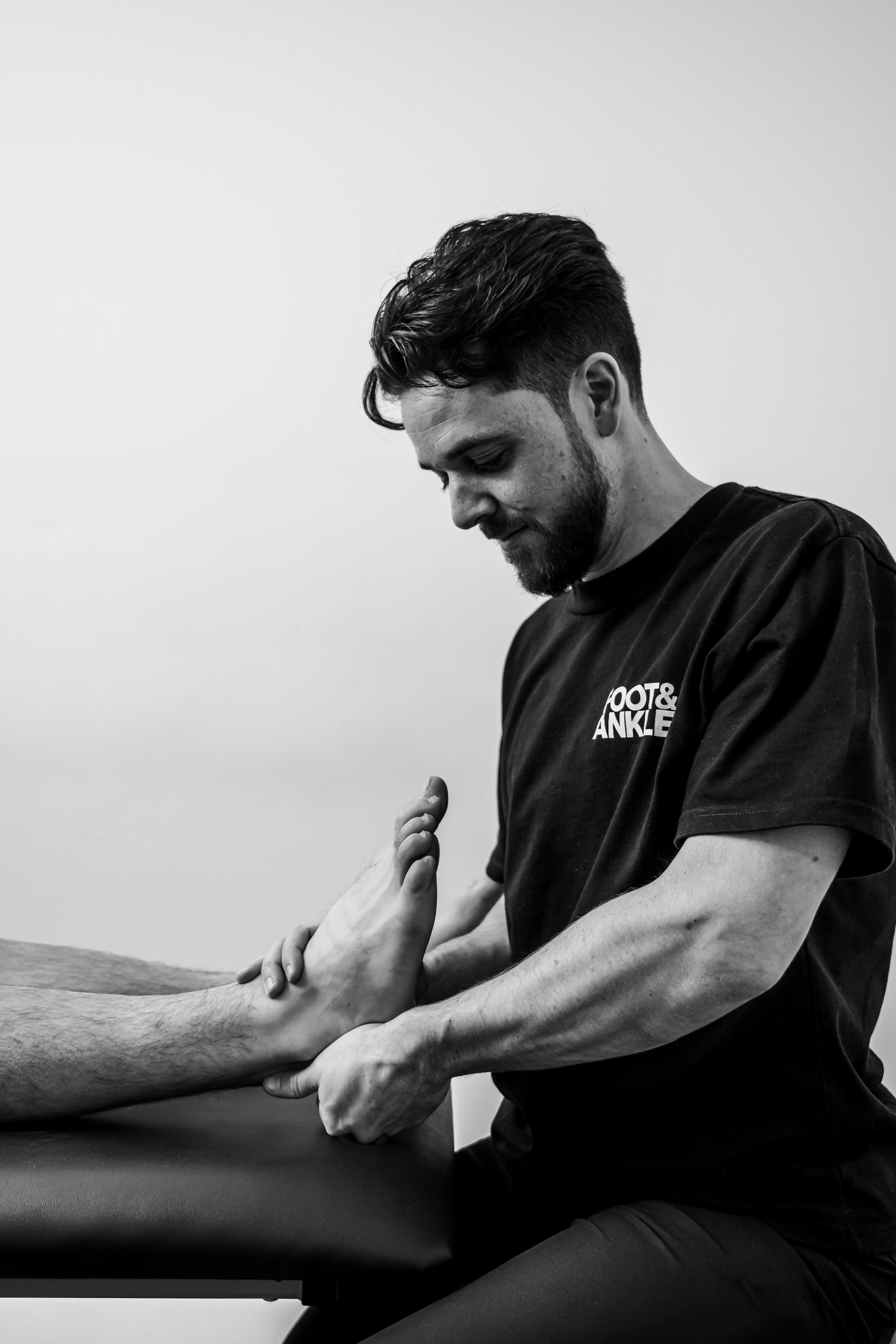Is your Plantar Fascia causing your heel pain?
Plantar Fasciopathy (commonly known as Plantar Fasciitis) is a condition that presents with pain under or around the heel. It is one of the most common causes of pain around the foot, with around 1 in 10 people are estimated to experience heel pain in their lifetime.
What is Plantar Fasciopathy?
Plantar Fasciopathy is pain that originates from the Plantar Fascia. The Plantar Fascia is a tendon-like structure that inserts into the calcaneus (heel bone) and attaches into the base of the toes. The Plantar Fascia exhibits elastic properties which allows it to aid in shock absorption, energy storage and return of energy. The Plantar Fascia acts in a very similar fashion to the Achilles Tendon.
How do you know if you have Plantar Fasciopathy?
Plantar Fascia pain acts very consistently, and understanding your symptoms will help with the diagnosis.
Here are some of the questions we ask to help find out if your Plantar Fascia might be causing your pain:
Do you have pain in the morning?
Morning pain is a key sign for Plantar Fasciopathy. Mornings are often the most painful part of the day for people suffering with Plantar Fasciopathy and it is very common to have high pain with the first steps in the morning.
Does your pain ‘warm up’ or get better with use?
Another key sign for Plantar Fasciopathy is the ‘warm up phenomenon’. That is, after the horrible first steps of the morning, symptoms begin to improve with use and quite common are very low and stable until the end of the day or until you sit/rest for a long period of time.
Have you recently changed your exercise or work routine?
Changes in foot loading can be enough to cause a flare of Plantar Fascia pain. This is common because new loads begin to be applied to the Plantar Fascia, might be slightly greater than its capacity, and hasn’t had enough time to adapt. We cover this in great detail in our Load Versus Capacity blog. Common changes include returning to running, starting a walking or gym program or introducing increased levels of intensity to your normal routines.
If it sounds like you might be suffering from Plantar Fasciopathy, the good news is - we know how to treat it.
Podiatrist Tim Pargeter.
How can you improve your Plantar Fasciopathy?
There’s a number of treatments for Plantar Fasciopathy, but it depends on the severity of your symptoms, how long you’ve had symptoms and your treatment preference. We generally start with the following:
Load management (slightly reducing your foot use)
Taping techniques
Plantar Fascia stretching / release
Footwear modifications
If you’d like to learn more about how we treat Plantar Fasciopathy, you can read more about it here.
If you’d like help with your Plantar Fascia pain, we’re here to help! Booking link below.


